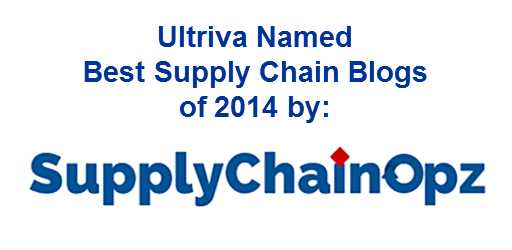Introduction
Companies that use ERP and MRP systems are constantly looking for solutions to increase inventory turns, streamline the procurement process and improve supply chain agility. Many of these companies assume that the only way to reduce cost, lower risk or increase flexibility is to improve forecast accuracy. But various factors including customer demand variations, changing market conditions and questionable sales projections make it exponentially difficult to improve forecasting. One solution that most of these companies often don’t contemplate is moving away from a forecast based or MRP replenishment methodology to Electronic Kanban (eKanban) for high consumption items.
Why eKanban?
Material Requirements Planning (MRP) is based on forecasted demand and a time phased ordering process, which is well suited for make to stock, batch oriented production. However with the evolution of demand driven manufacturing models, more companies are eager to implement pull systems across their material flows. The most effective and well known methodology for establishing a pull system is Kanban. Manual Kanban has been an integral part of the famous Toyota Production System (TPS) for several decades. This manual Kanban system worked well on the shop floor. However, when manufacturers tried to implement the same manual Kanban system with suppliers for thousands of parts, the weaknesses of manual Kanban quickly became apparent. The inability to scale manual Kanban could be solved by converting to an electronic version of Kanban, popularly known as eKanban. eKanban is quickly becoming the norm for those companies intending to establish pull replenishment across their extended supply chains.
MRP and eKanban
Several ERP software vendors have appended rudimentary Kanban modules into their MRP systems. However, these Kanban modules fall short in several areas, primarily because they work at cross purposes against the core functionality of MRP software. MRP software operates on planned demand and batch releases rather than consumption driven replenishment. As such, ERP systems typically only provide the tools for very basic Kanban processes including:
- Setting up a Kanban formula
- Sizing the number of Kanban cards based on the formula
- Triggering a signal when a bin is empty
- Marking the bin as “full” once the goods are received
But the real problems come with the management of Kanban cards. These problems are amplified when dealing with a global supply chain. Solutions absent from ERP Kanban systems include:
- Card Management across the Full Cycle of Consumption and Replenishment
- Remote printing of Kanban cards by the supplier to simplify and standardize the receiving process
- An integrated scanning option that guarantees a closed-loop Kanban system, with no lost cards and no duplicate cards
- Full Kanban card audit functionality to improve inventory accuracy and eliminate the need for cycle counting
- Elimination of the time lags for card collection and release
- Actionable Visibility & Insight for Seamless Collaboration
- Validation of defined parameters for Kanban sizing
- Resizing Kanban loops as demand and supplier performance changes
- Providing full visibility of all on-hand, on order, in transit, at dock and at inspection goods
- Real-time dashboards for reporting and continuous improvement efforts
Ultriva vs. ERP eKanban Modules
If you are interested in investigating the functionality of Ultriva’s comprehensive closed-loop eKanban solution relative to the eKanban add-on modules offered by ERP software vendors, please click here to download a functionality comparison document.




